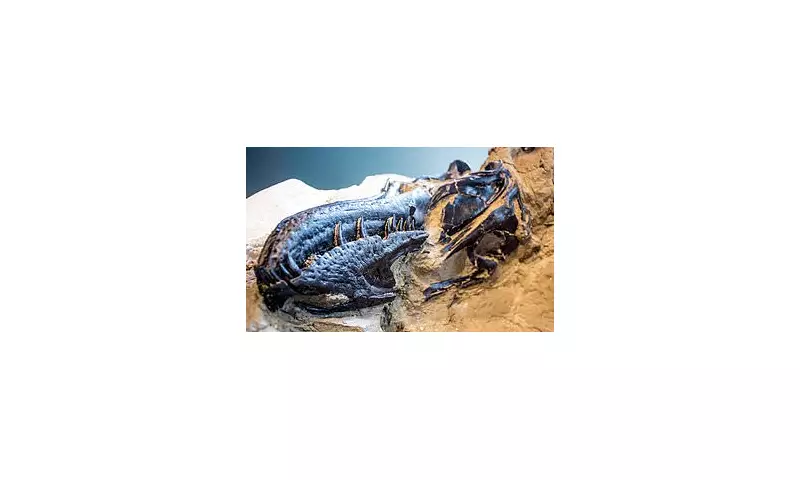
In a discovery that's sending shockwaves through the paleontology world, scientists have unveiled the remains of what they're calling T-Rex's 'pygmy cousin' - a smaller but equally formidable predator that prowled North America millions of years before its famous relative.
The New King of Ancient New Mexico
The newly identified species, named Tyrannosaurus mcraeensis, represents a revolutionary find that's forcing experts to reconsider the entire tyrannosaur family tree. Discovered in the Hall Lake Formation of New Mexico, this prehistoric hunter measured an impressive 12 metres long - slightly smaller than the legendary T-Rex, but no less terrifying.
Redefining Tyrannosaur Evolution
What makes this discovery particularly groundbreaking is the timeline. These fossils date back approximately 72 million years, making this predator significantly older than the T-Rex that dominated later periods. The implications are profound, suggesting that the tyrannosaur lineage in North America evolved much earlier than previously believed.
Dr. Nicholas Longrich from the University of Bath, one of the study's lead researchers, explains the significance: "We're looking at a completely different branch of the tyrannosaur family that was here long before T-Rex arrived on the scene. It's like discovering a previously unknown chapter in the history of these iconic predators."
Distinctive Features of a Ancient Hunter
The newly discovered species displays several key differences from its more famous cousin:
- Smaller, narrower jawbone with subtle variations in shape
- Fewer teeth than the T-Rex's formidable dental arsenal
- Proportionally longer arms compared to body size
- Unique skull structure suggesting different hunting strategies
A Continental Mystery Unfolds
The discovery raises fascinating questions about how these predators spread across North America. Researchers now believe multiple tyrannosaur species may have coexisted and evolved separately in different regions, creating a complex ecosystem of apex predators across the continent.
This finding challenges the long-held assumption that T-Rex was the sole dominant predator of its time in North America. Instead, it appears multiple tyrannosaur lineages were competing and evolving across the landscape millions of years earlier than paleontologists had estimated.
The Future of Dinosaur Research
As excavation and analysis continue, scientists are excited about what this discovery means for future research. The New Mexico site continues to yield new fossils, suggesting there may be more surprises waiting to be uncovered about North America's prehistoric ecosystems.
This revelation not only adds a new member to the tyrannosaur family but fundamentally changes our understanding of how these magnificent creatures evolved and dominated their world for millions of years.





